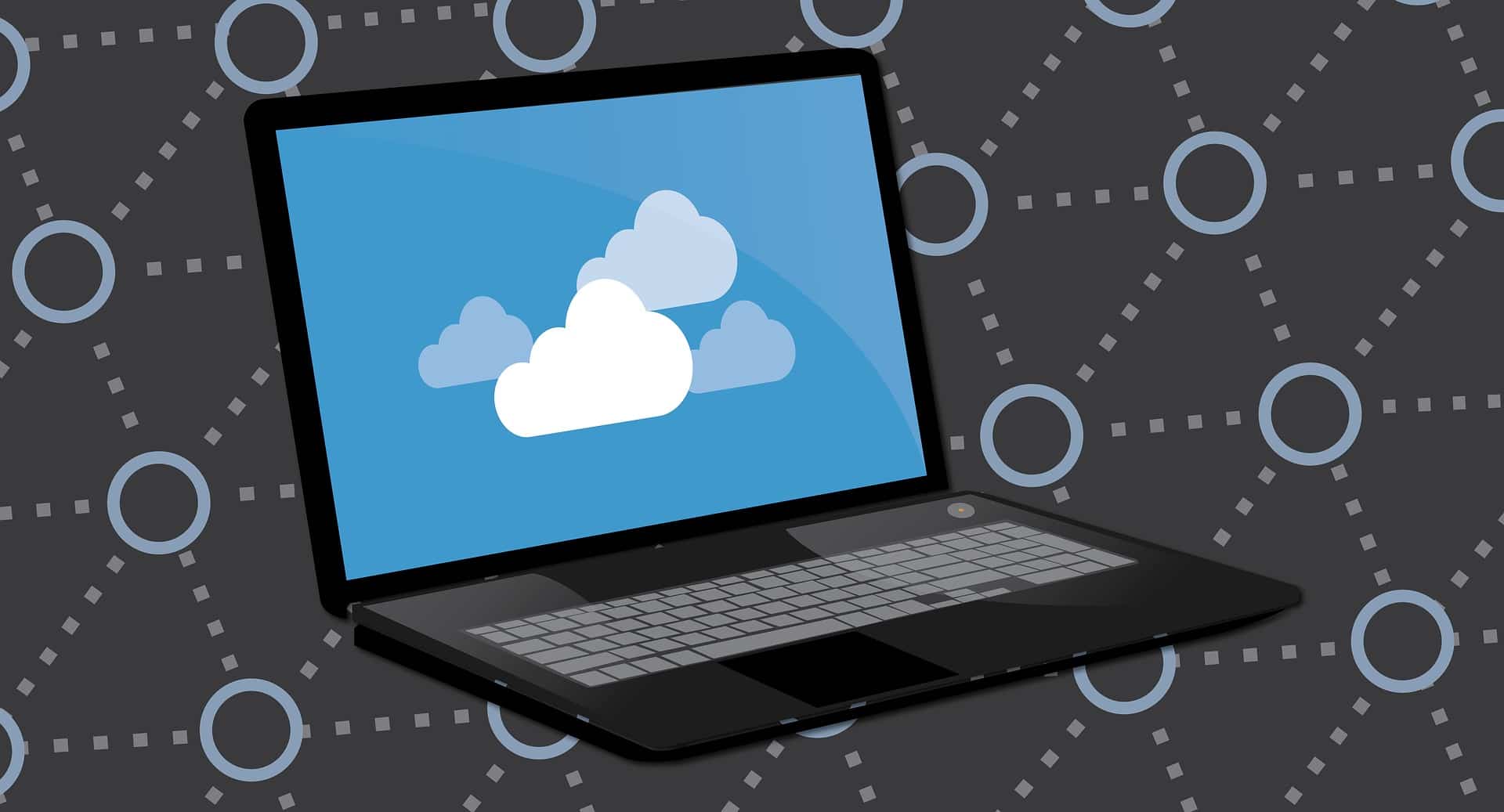
Welcome to your go-to spot for help with common tech jobs and questions! This page has handy explanations, guides, and info on tools to simplify your digital life. So, whether you’re scratching your head over data sizes (like converting MB to GB), need to change the size of a picture, or want to know how to mount a TV on the wall, we’re here to help.
Call Us : 1300 600 004
Home | Utilities, How-Tos & Data Conversions
Kilobyte (KB): This is the smallest unit you’ll usually come across. Think of a very short email or a tiny icon on your screen.
Megabyte (MB): An MB is much bigger than a KB. You’ll see MB used for things like photos, short videos, songs, and documents.
Gigabyte (GB): A GB is much, much bigger than an MB. Gigabytes are used to measure the storage space on your phone or computer, as well as for large software programs, movies, and big photo collections.
Converting between KB and GB:
(Just a note: Technically, in binary systems which computers use, 1 GB is 1024 MB, and 1 MB is 1024 KB. However, for simplicity, especially when manufacturers advertise storage capacity, they often use the round number of 1000.)
Why Bother Resizing Images?
You might want to resize an image to make the file smaller so it’s easier to email, to help it upload quicker to websites, to save a bit of storage space, or if you need it to be specific dimensions (like for a profile picture). This is sometimes called reducing image size or photo sizing.
How to Go About Resizing:
The Usual Steps:
Step-by-step instructions for common tasks:
Just got a new phone, tablet, or computer? Here’s a general rundown of what to do (to set up my device):
Need a hand with any of this? Geeks Perth offers personalised device setup services to get you sorted.
Mounting a TV on the wall can be a great space saver and look schmick, but doing it safely is super important (you might be searching for “how to wall mount tv” or “how to install wall mounted tv”).
Heads Up: This is just a general guide. You should always follow the specific instructions that come with your TV and the wall mount you’ve bought. If you don’t install it correctly, you could wreck your TV, damage your wall, or even hurt someone. Finding the studs in your wall is absolutely critical. If you’re not sure about any step, we really recommend getting a professional to do it. Geeks Perth offers TV wall mounting services.
Here’s what’s involved:
Need a hand with all that? Geeks Perth can help you out.
These guides should give you a good starting point, but let’s be honest, tech can still be a bit of a pain sometimes. If you’re still scratching your head about resizing images, making sense of data sizes, setting up your new gadgets, or you’d rather leave the TV mounting to the pros, Geeks Perth is here to lend a hand.
Trustindex verifies that the original source of the review is Google. Great service...fixed the problem quicklyTrustindex verifies that the original source of the review is Google. I had an excellent service from Harry (Geeks Brisbane) who came to my home to help me retrieve some lost cryptocurrency. It was quite a difficult job requiring considerable skill and patience. Hats off to Harry who did an exemplary job!Trustindex verifies that the original source of the review is Google. Harry was wonderful and answered all the concerns I had about my computer. He was able to tell me simply what was wrong and offered some great advice for future computer use. He fixed more than one concern and explained as he went. I am very happy with the results. I would definitely use Geeks Brisbane again.Trustindex verifies that the original source of the review is Google. Mark was excellent.Trustindex verifies that the original source of the review is Google. Excellent service. Very friendly and expert techs.Trustindex verifies that the original source of the review is Google. I am very happy to endorse Geeks Brisbane ICT service, they have successfully helped me with a number of Computer and Software tasks. NoelTrustindex verifies that the original source of the review is Google. These guys are really helpful and friendly. Harry was able to get my 10 year old PC temporarily working again. He explained to me the problems my PC was having and how it was likely to happen again. Not only did he get my PC going again he also gave me multiple different option for a replacement PC at affordable prices. Would recommend Harry and his team if you are having problems with your computers.Trustindex verifies that the original source of the review is Google. Excellent service
Fill out the form below and we will contact you as soon as possible!
Fill out the form below and we will contact you as soon as possible!
All Rights Reserved © 2025 ABN: 65 676 034 110 IT CYBERSEC PTY LTD.
Managed by Secure Nerds | Crafted by Sites Crafted | Marketed by SEO Excellence | Supported by Geeks Perth